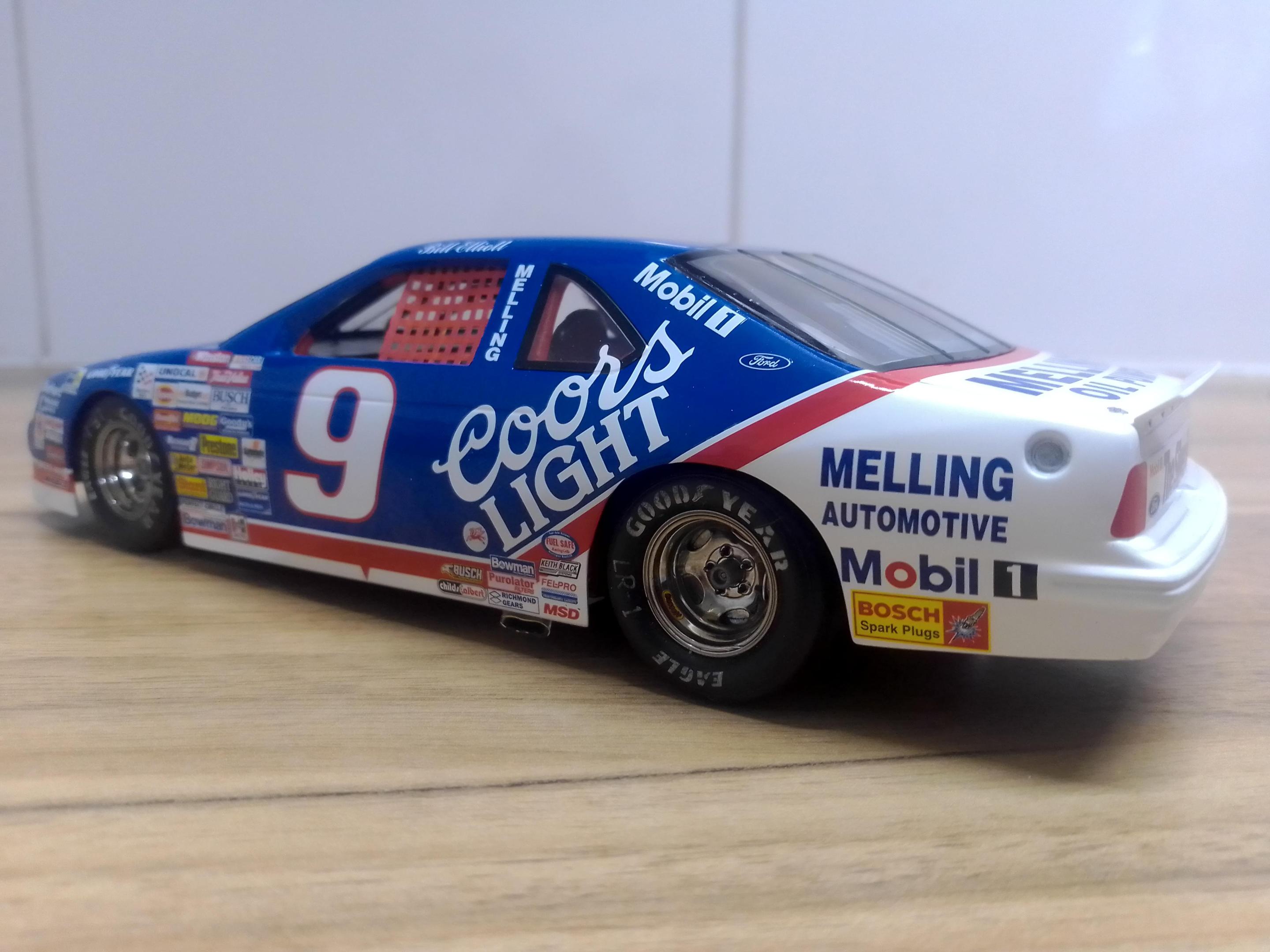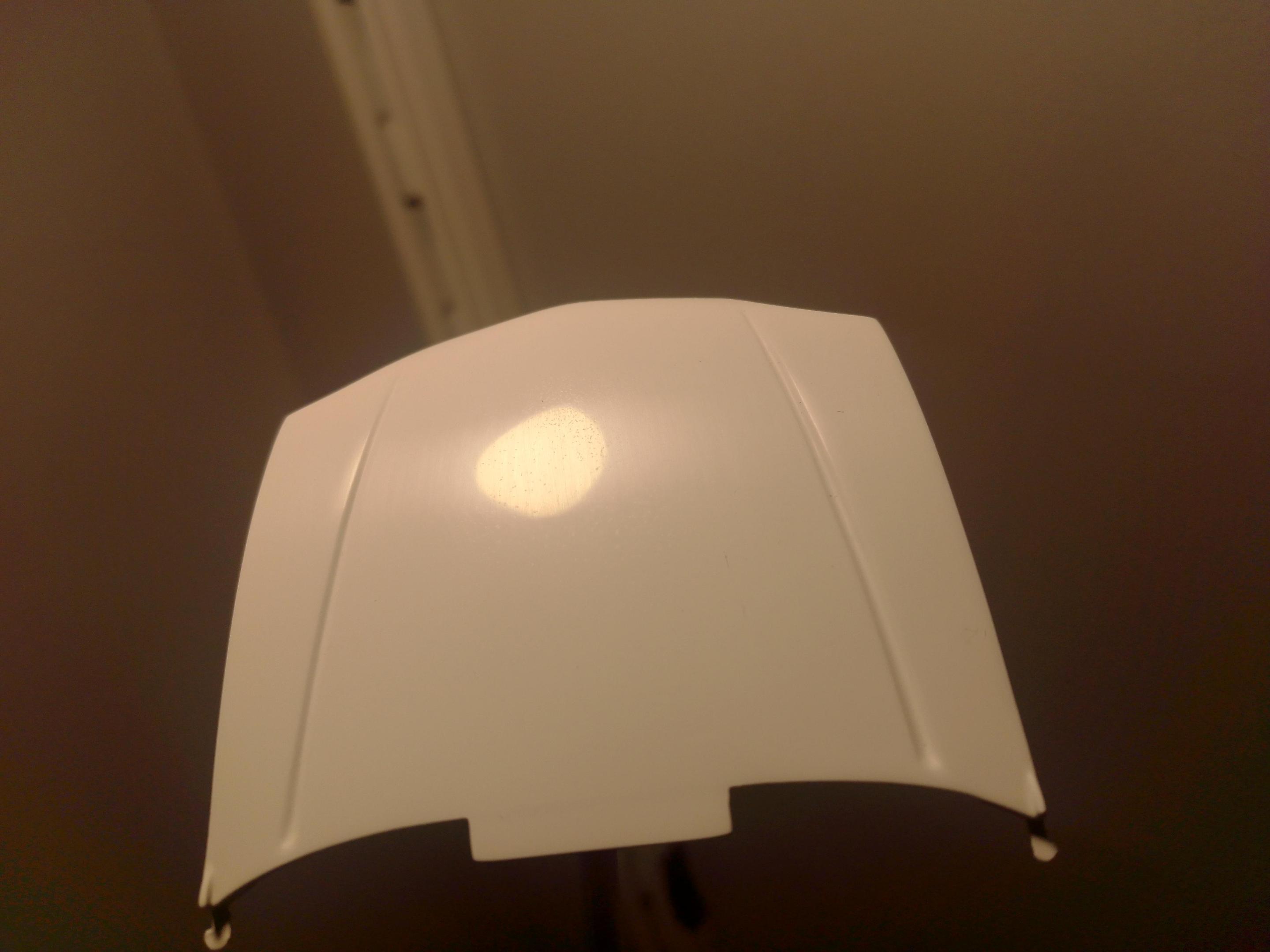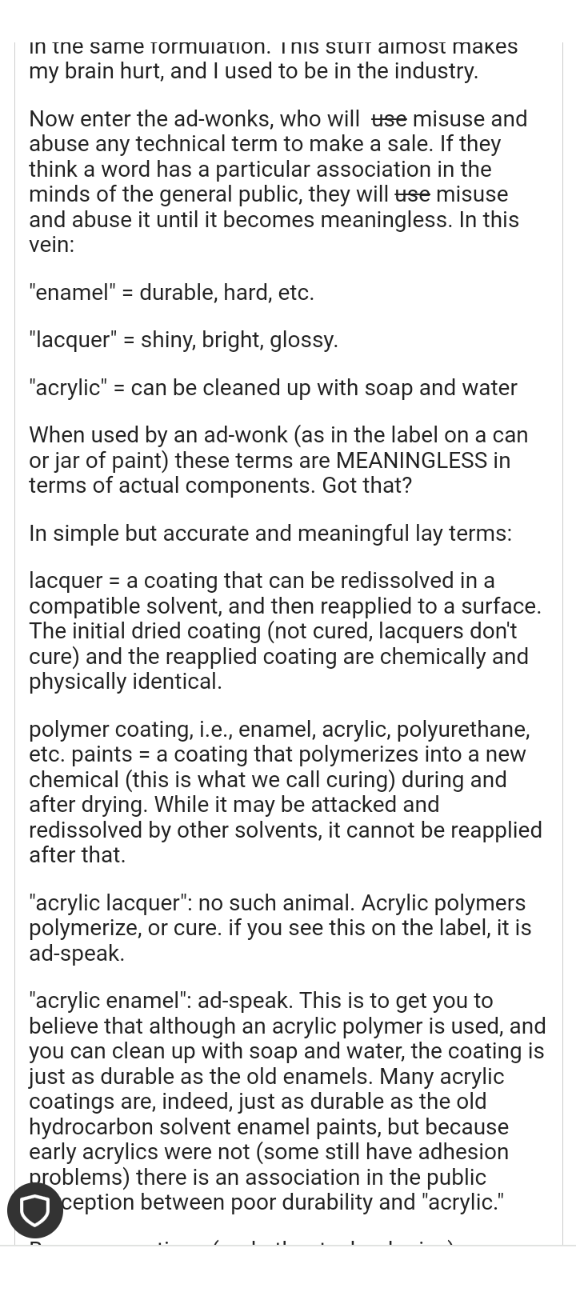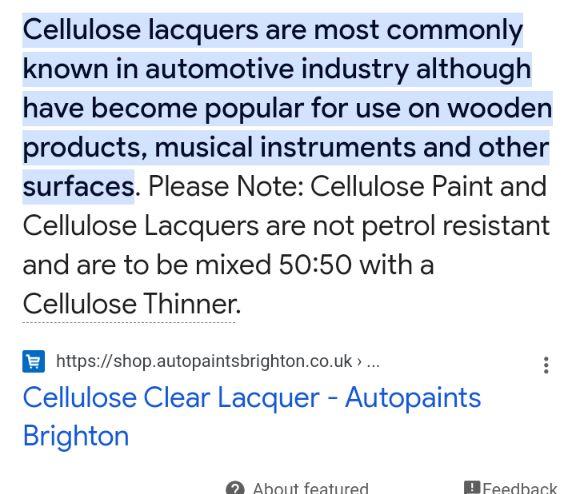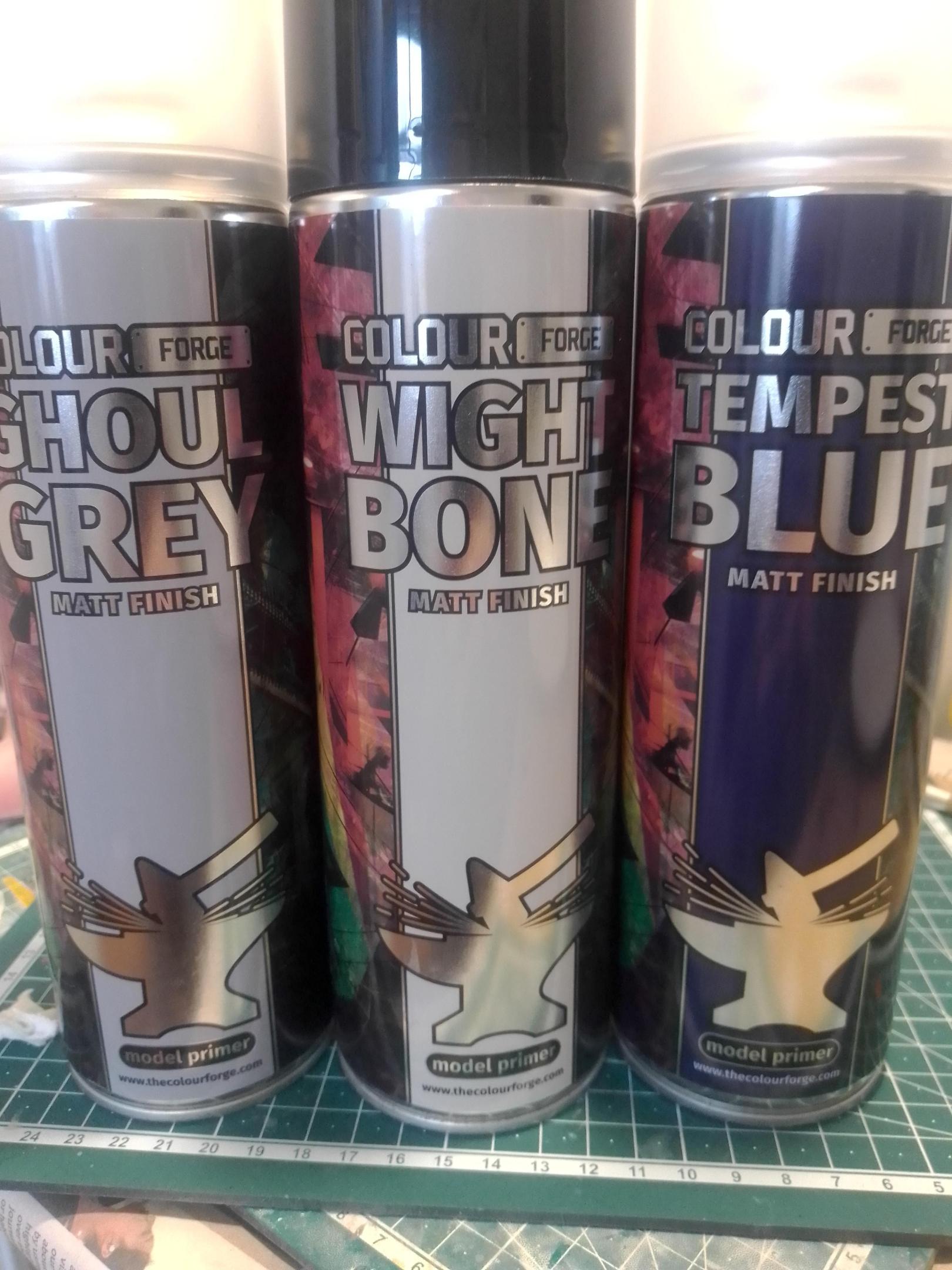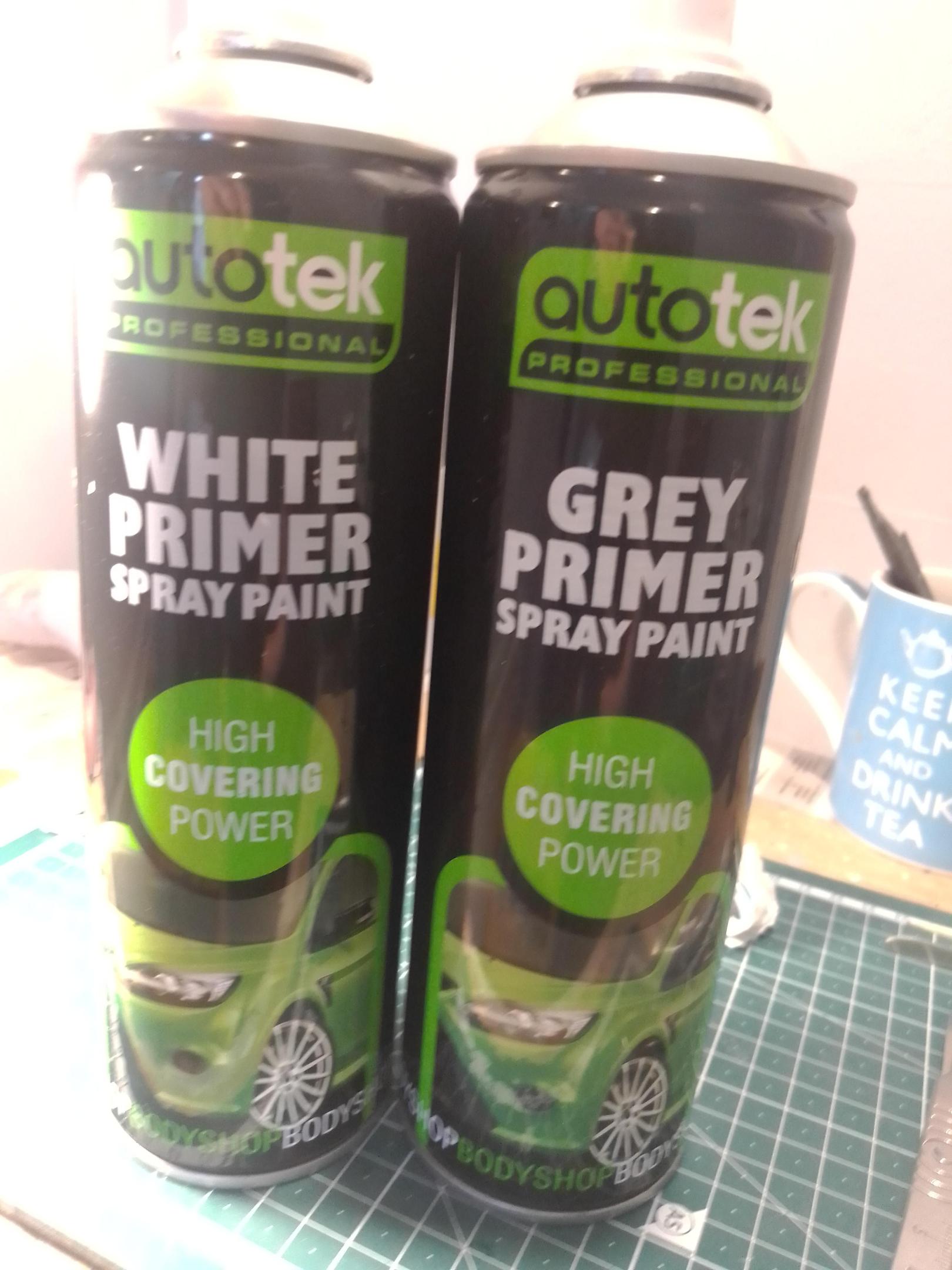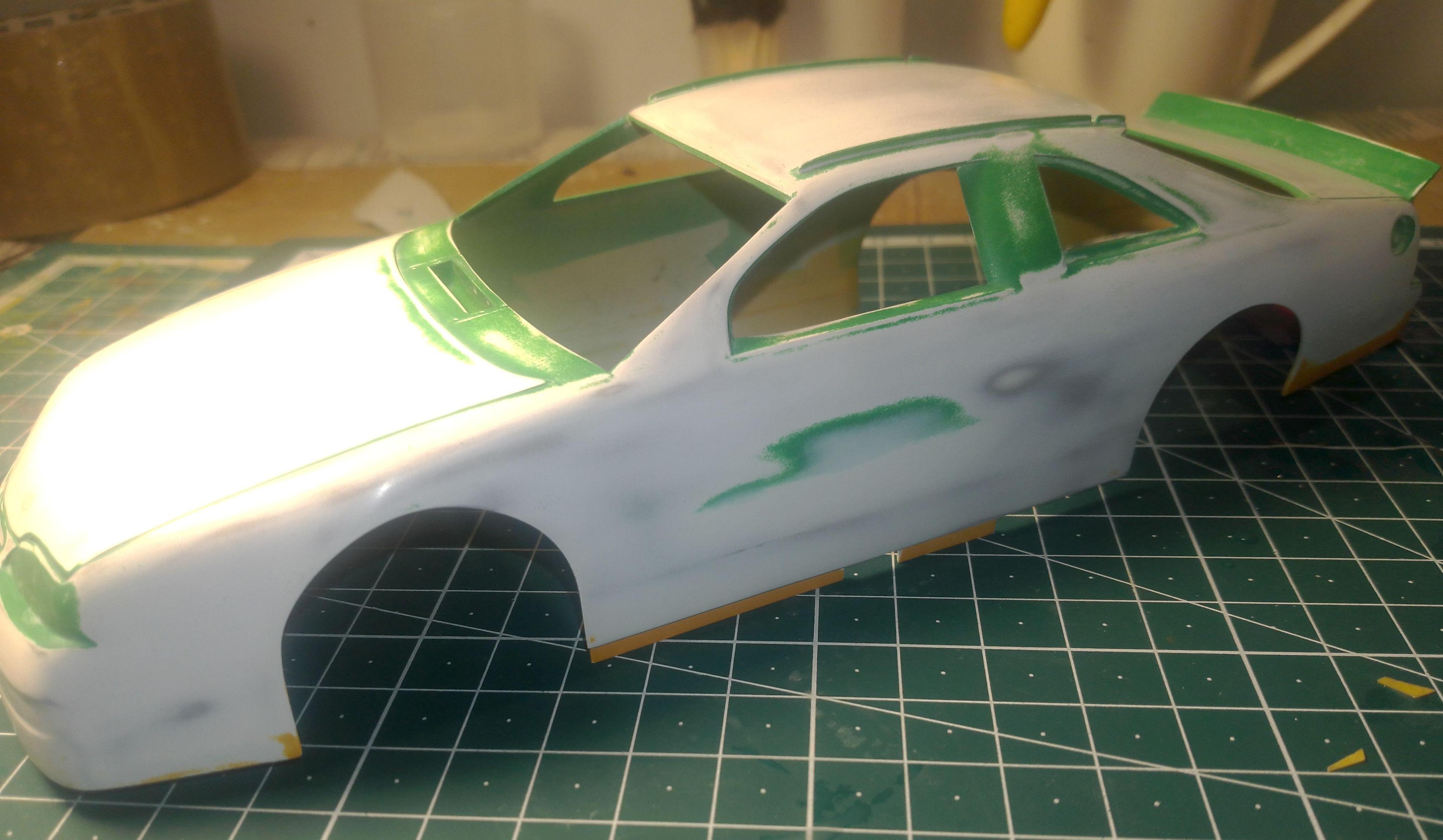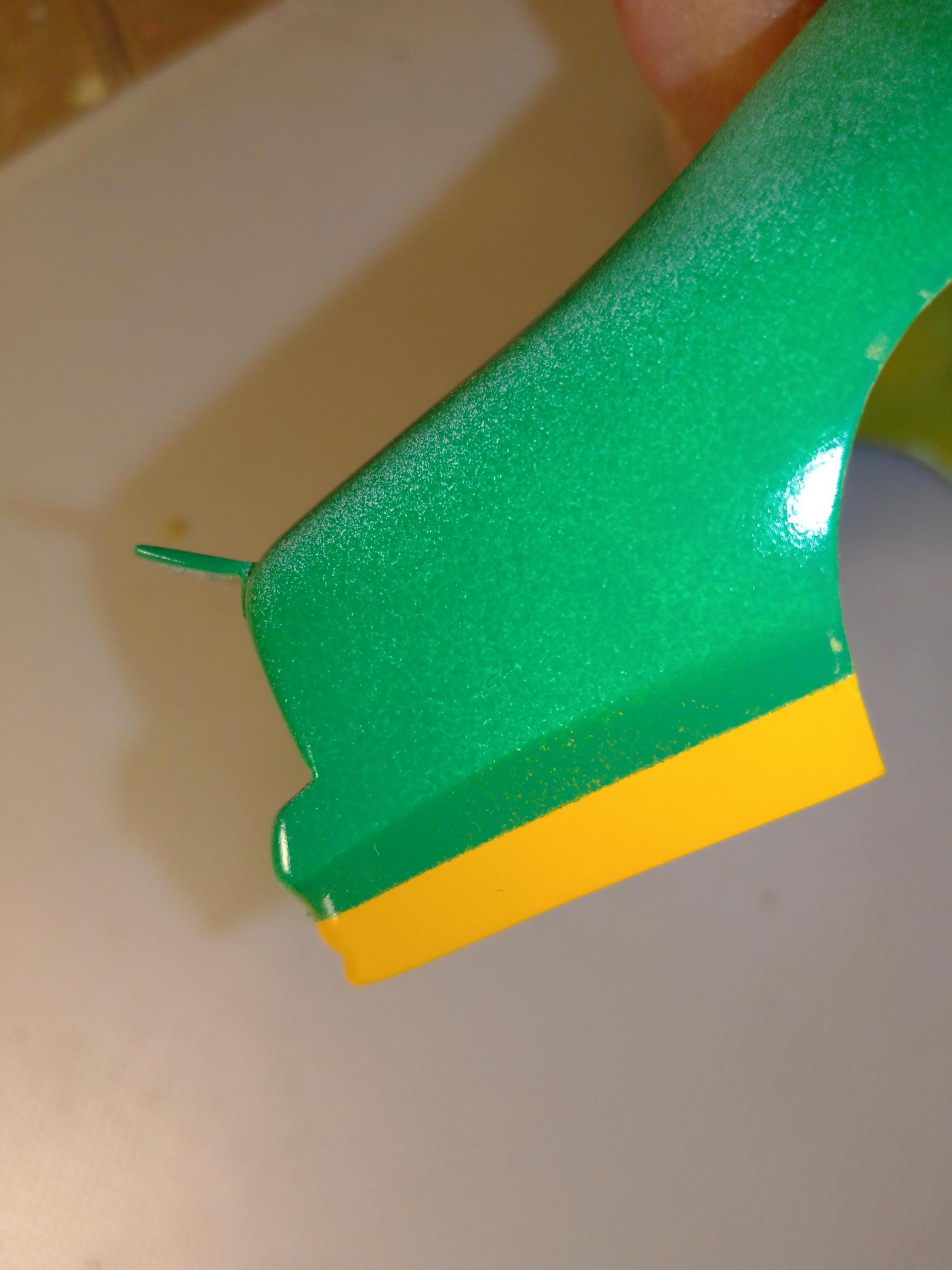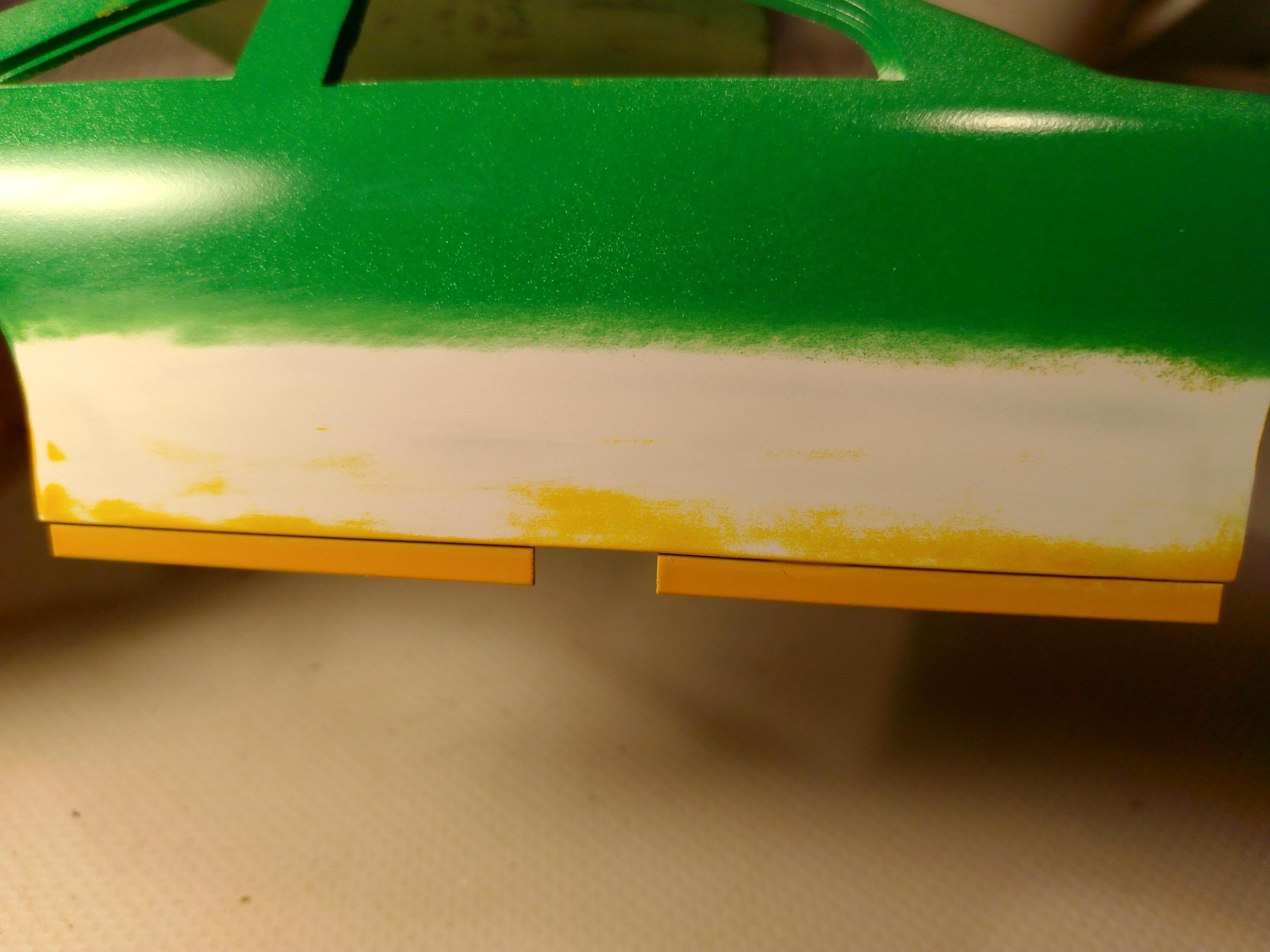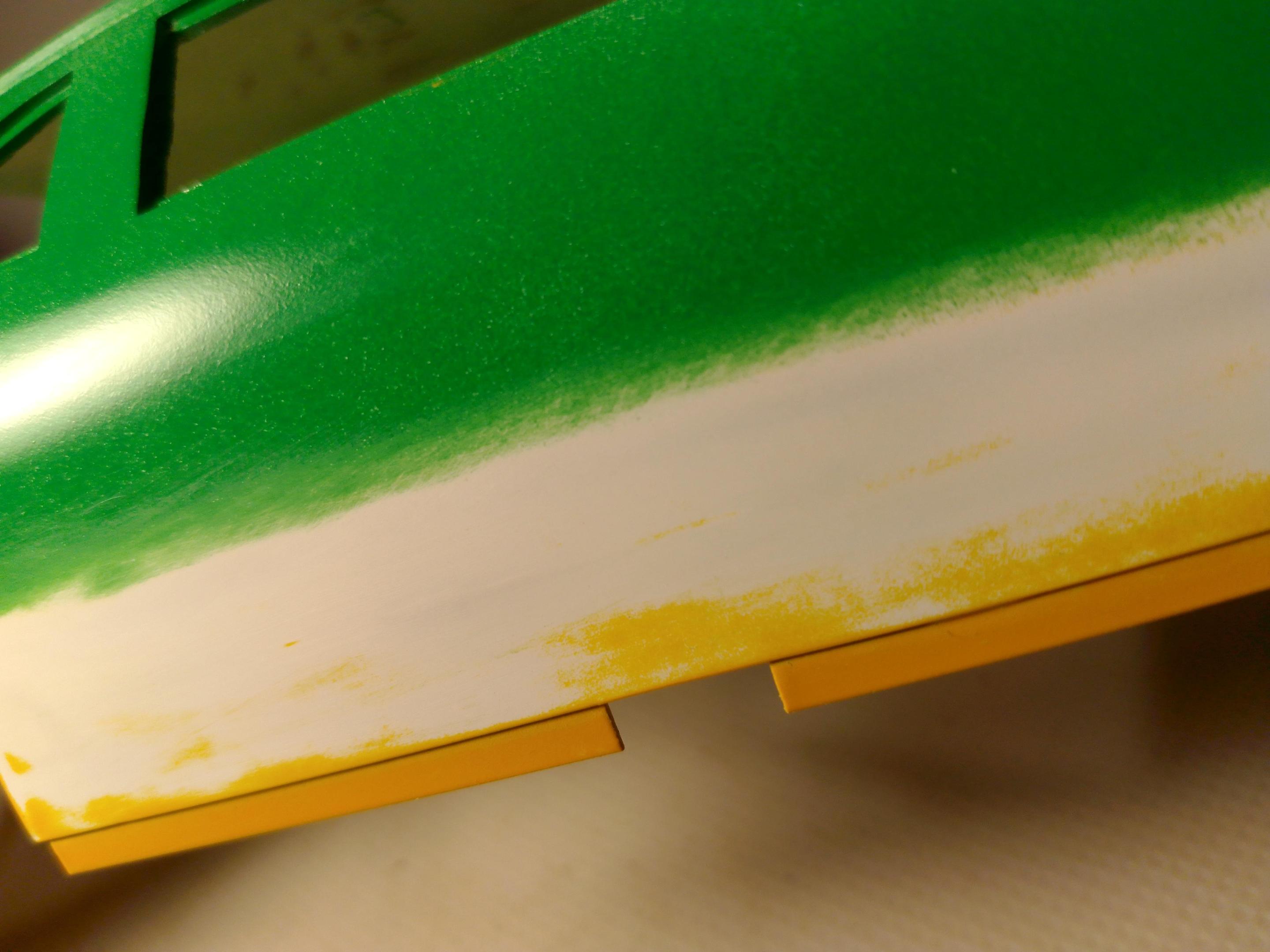-
Posts
74 -
Joined
-
Last visited
D.Pack's Achievements

MCM Regular (3/6)
-
.thumb.jpg.1966e158c091369a7ce9b3fc8be6728d.jpg)
Micromesh Vs Alpha Industries.
D.Pack replied to D.Pack's topic in Model Building Questions and Answers
Ok, so if are the same standards then perhaps just my bad luck. My 4th time on TS gloss, just can't seem to work this paint like a regular auto rattle can. That paint (for me) is easy to sand and polish to a good standard. -
The flexible foam backed cloth abrasives from both brands. If any members are using both, are they identical in abrasive/cutting quality? I have some new Alpha cloths 3600 to 8000 and they do seem more coarse than my old MM cloths, which are now so worn it's hard to compare. But my MM sheets when new, I'm certain we're a finer cut 3600-8000 I have a bodyshell that I've been repainting to hide previous scratches and starting again, but no luck, still same results.
-
Will definitely try this for next paint session.👍.
-
Thanks for the replies. When also using auto acrylic primer (here in UK) I don't have this problem. This rattlecan paint is supposedly not as 'hot' as TS primer, so less solvent means no solvent popping? I've just recoated with it. Will see how it levels off.
-
Hi. I need to ask if i'm actually treating Tamiya TS primer correctly. This is the white primer wet sanded, with some orange peel (pin holes) that's only visible after sanding. Should I just not sand the primer and retain it's uniform all over semi- matt finish? It had just slight uniform orange peel, nothing like the divots you can see in the close up of the now sanded surface.
-
.thumb.jpg.1966e158c091369a7ce9b3fc8be6728d.jpg)
What exactly is lacquer paint?
D.Pack replied to D.Pack's topic in Model Building Questions and Answers
Acrylic enamel. Here is a post from FSM magazine, 2010. The writer was in the paints industry and writes of 'ad wonks' and their word misuse to make a sale. Which sounds about right. For myself and rattlecans, if Tamiya lacquer means a hot cellulose, then currently that's all I need. And interesting to see above the acrylic lacquer as 'no such animal'. SMS paints from Australia are labelled as this. -
.thumb.jpg.1966e158c091369a7ce9b3fc8be6728d.jpg)
What exactly is lacquer paint?
D.Pack replied to D.Pack's topic in Model Building Questions and Answers
peteski. Thanks for your reply and links. Wikipedia, I should have guessed that myself when searching. And it is complicated for sure, the various meanings of enamel for example. It even refers to enamel nitrocellulose, which I would never have guessed. And your colloquial terms makes things clearer for me over here. My reason for posting was to know if Tamiya TS sprays are 'hot' and comparable to a UK cellulose paint, which it is. My paint supplier also sells cellulose custom aerosols. Am wanting to try a can of it, see if the finish is perhaps finer, (like Tamiya) and show more detail than with using their normal auto acrylic cans. Thanks again?. -
First to say, I am a Brit. And over here, lacquer, it means clearcoat only. For using on cars, furniture, that fence at the end of your garden. What is lacquer paint in the USA? Is it one of the oldest auto paint types, like cellulose paint?Or is it actually named nitrocellulose? In UK, (nitro?)cellulose was the only paint type in rattlecans until 30 years ago, before acrylic. And this photo, a UK shop. Just for more confusion!
-
More primer, not so cheap. £10-11 for 500ml. Colour Forge, a great smooth finish primer for the war figure painters. As good as Tamiya. And 25 colours to choose from. Am using here a pale grey and an off white. And this dark blue I plan for a black colour. A Also Autotek for £7. From the Boyes stores in mostly the North East. They have a great hobby department. Vallejo, Citadel the above Colour Forge and Humbrol paints and various tools.
-
.thumb.jpg.1966e158c091369a7ce9b3fc8be6728d.jpg)
Feather paint edge repairs.
D.Pack replied to D.Pack's topic in Model Building Questions and Answers
So, I sanded all over and a good thing too, as primer was still with orange peel, so went down to 4000. And surprised at how easy the TS green rubbed off using 1200 Euro and how tough the TS primer is. From here i'll paint my black option. -
.thumb.jpg.1966e158c091369a7ce9b3fc8be6728d.jpg)
Feather paint edge repairs.
D.Pack replied to D.Pack's topic in Model Building Questions and Answers
Thanks to reply. The green, it does have orange peel. So I'll sand that out and more, fade it all over the car then decide if to continue. Another option I have is a black paint finish. -
Hi all. Am making a paint repair on a bodyshell and just need to know if am working correctly and if its worth my time to continue. The first pic shows a broad yellow stripe that I sprayed on the bumpers and door sills. Then masked off to spray with green. After two coats I realized that dark stripe (the yellow) will always be there. A two tone green effect. And I didn't want to flood the shell in TS paint. So am repairing as below. I've sanded through all the colours down to the primer. Thankfully an easy job with these TS sprays. I'm slowly feathering the green edge, fade out that green border. Then plan to spray the green followed by yellow. I'll do edge to edge masking this time. But the green repair. Is this how other members have continued? Should i feather the paint even higher up the bodyshell? I have also a full Micro mesh kit for sanding.
-
Use a mix of Klear* & water to lay the decals? I recently used this mix to lay some Slixx nascar decals.I chose to wash off the oId gritty glue. Started with a 50/50 dilution and in some places under solid colour, used pure Klear. Also need an ammonia/Klear/water solution to remove any residue. *Or it's new alternative name. Pledge for my use.
-
.thumb.jpg.1966e158c091369a7ce9b3fc8be6728d.jpg)
How do you paint glass tint without masks?
D.Pack replied to conchan's topic in Model Building Questions and Answers
Painting just from inside? A black marker pen and brush paint with Revell Aqua. Then use stretched sprue or toothpick to clean the edges along the mould line.

